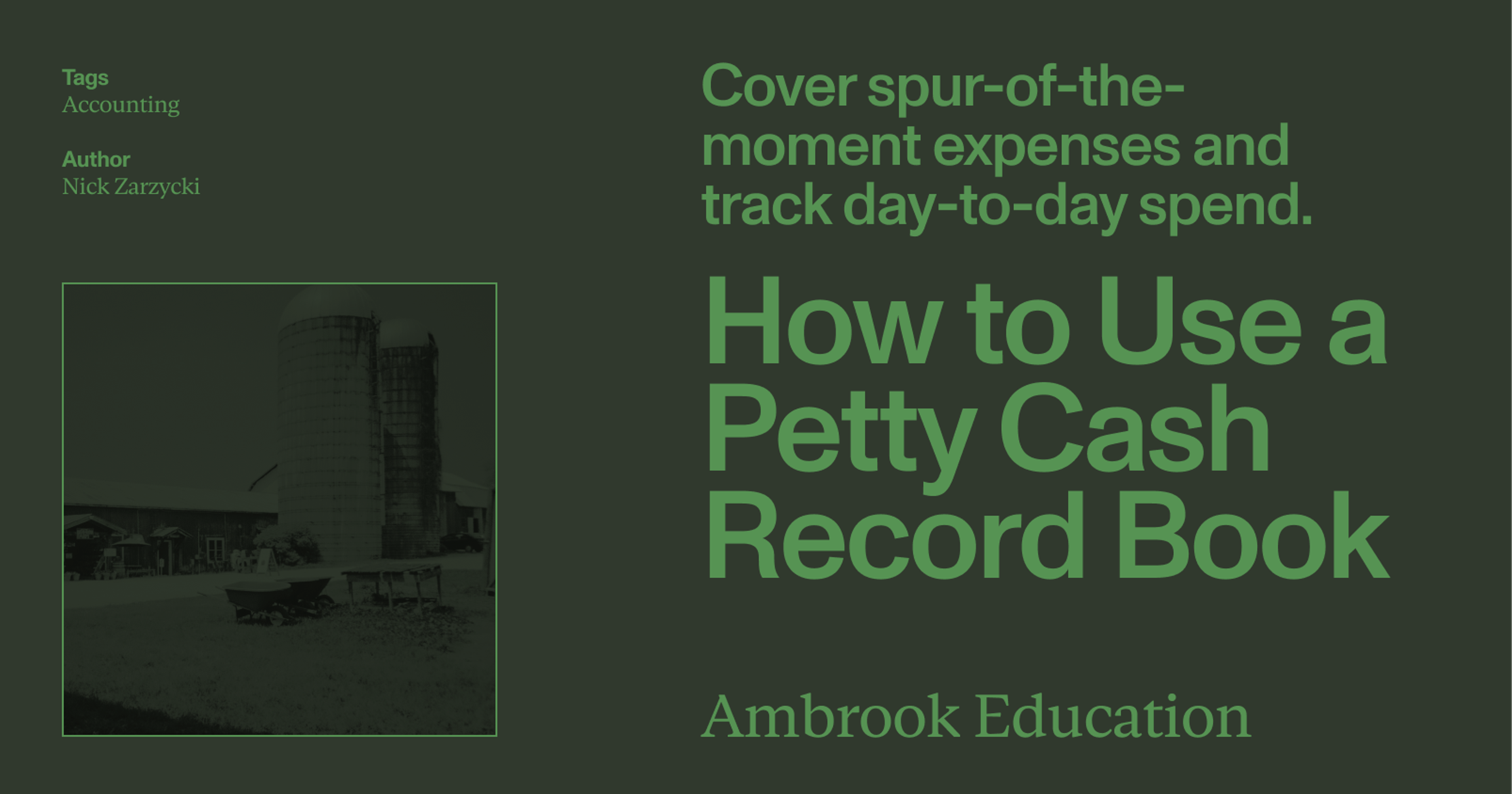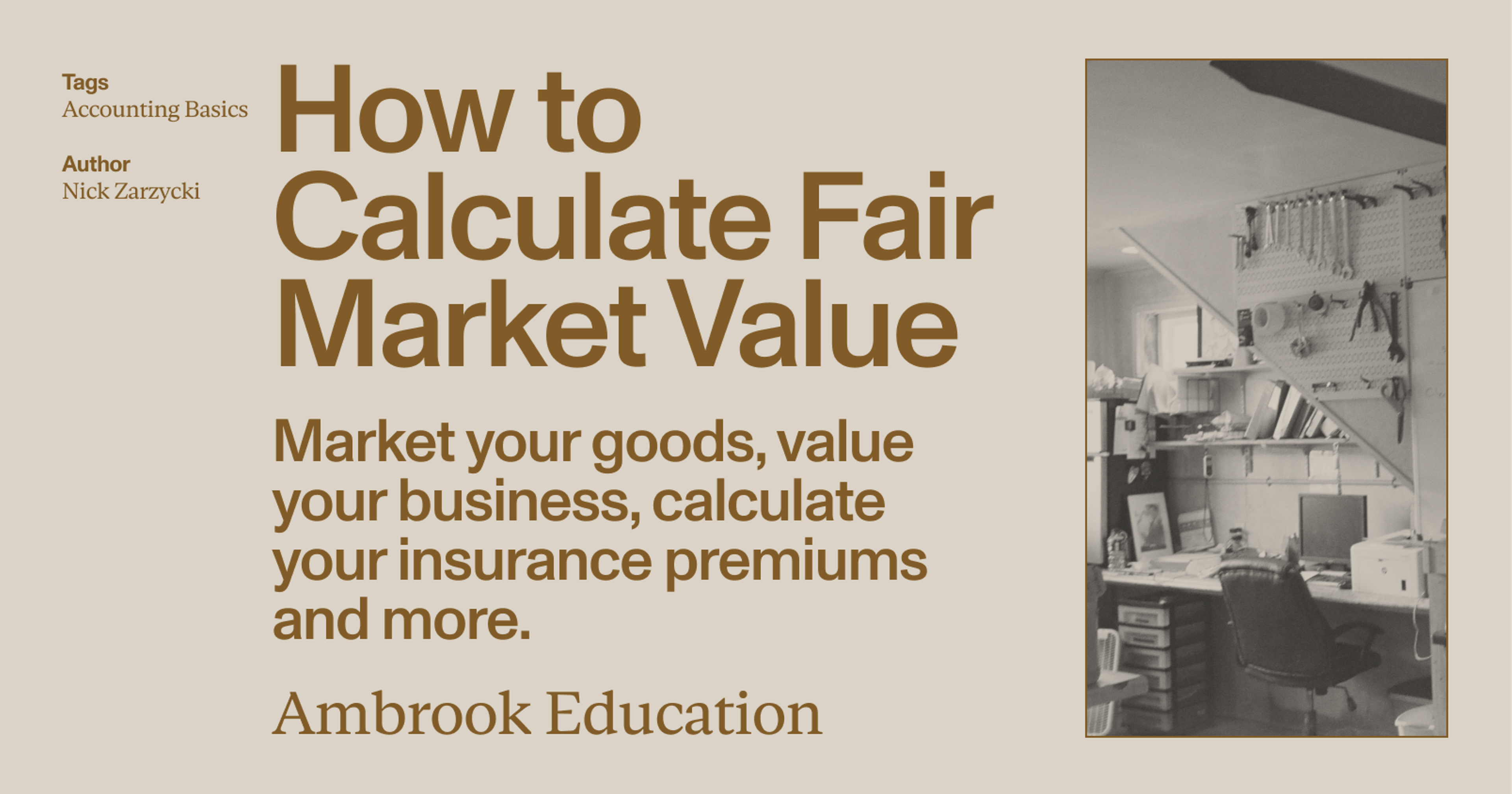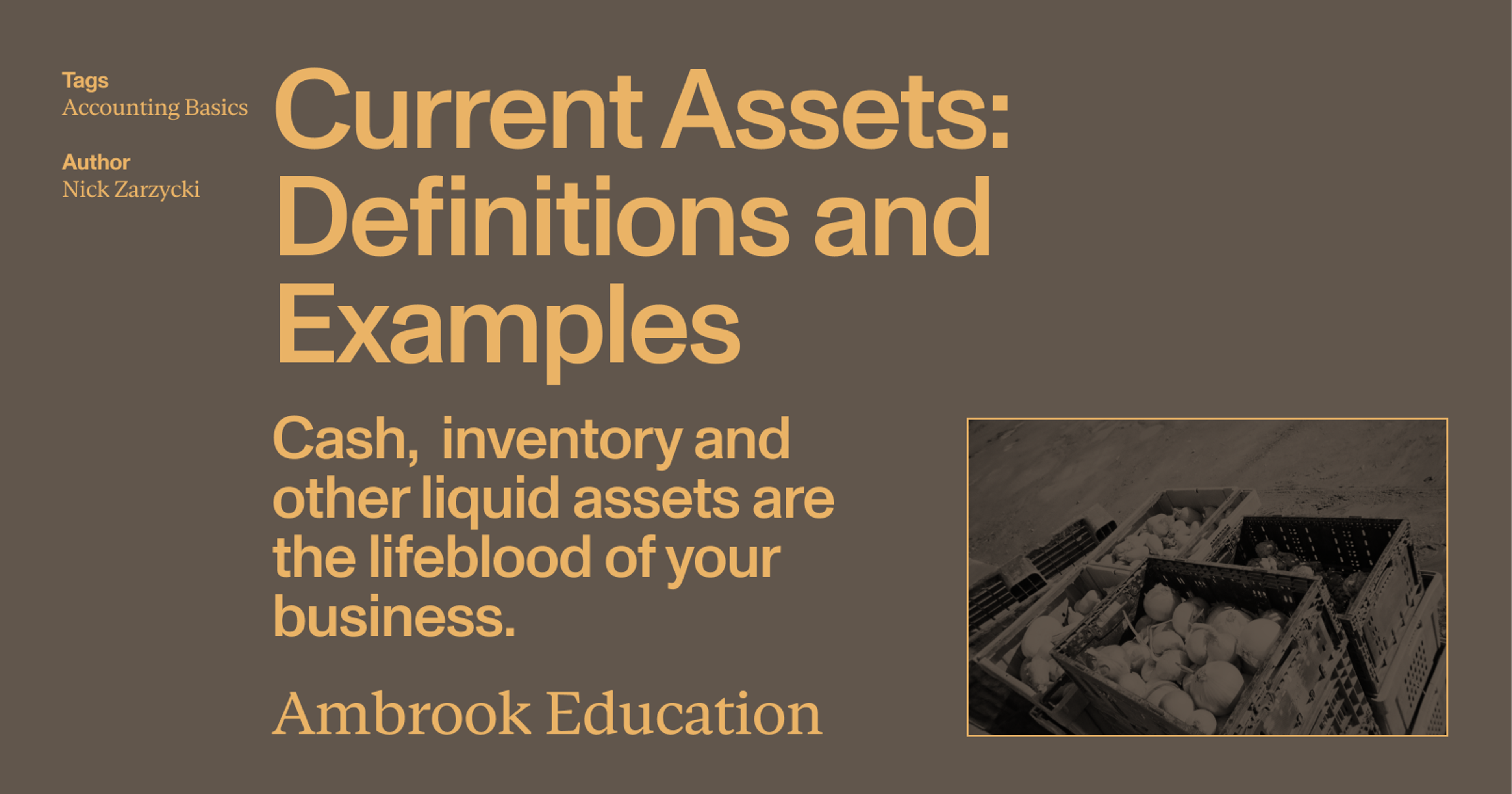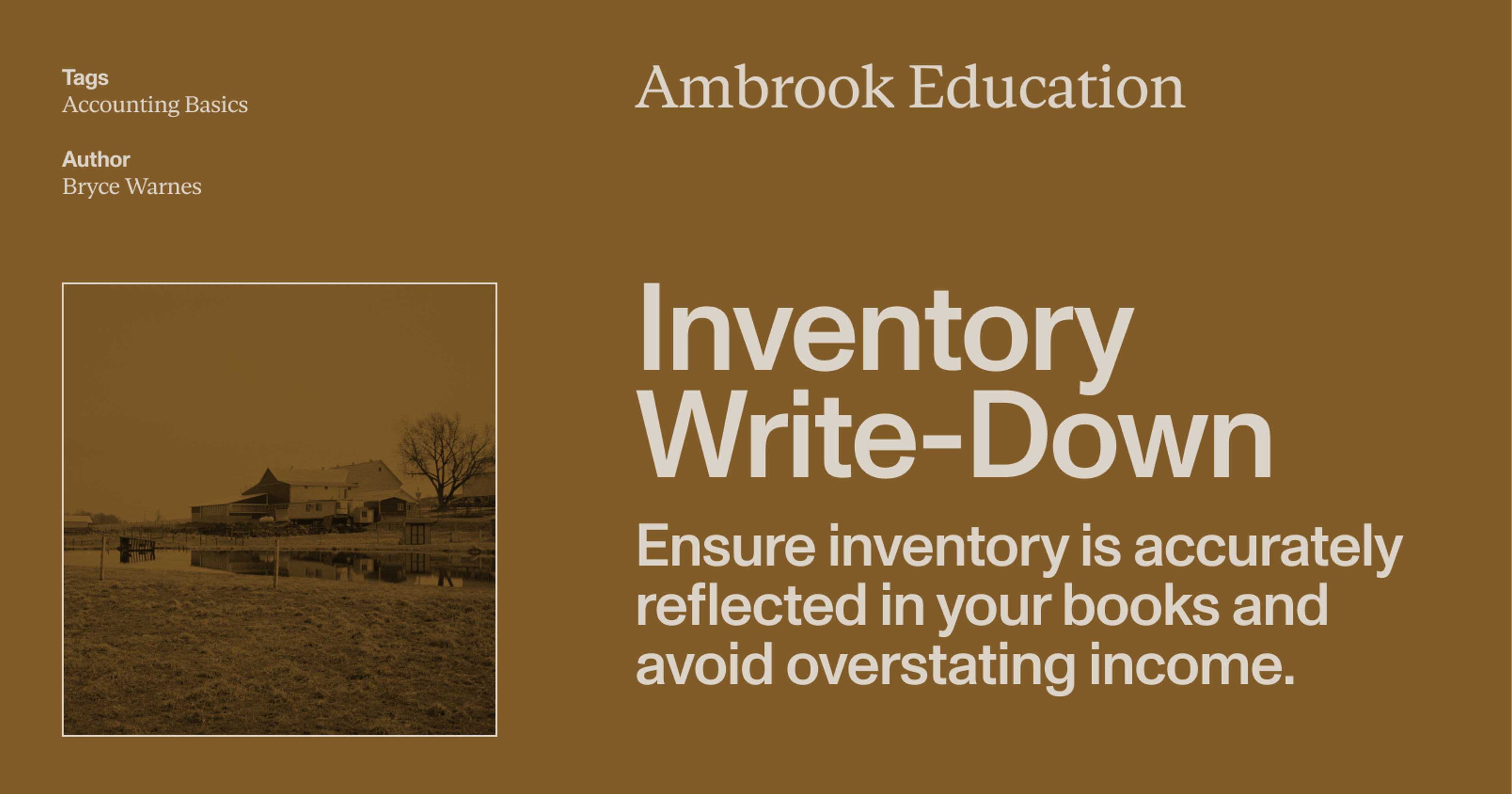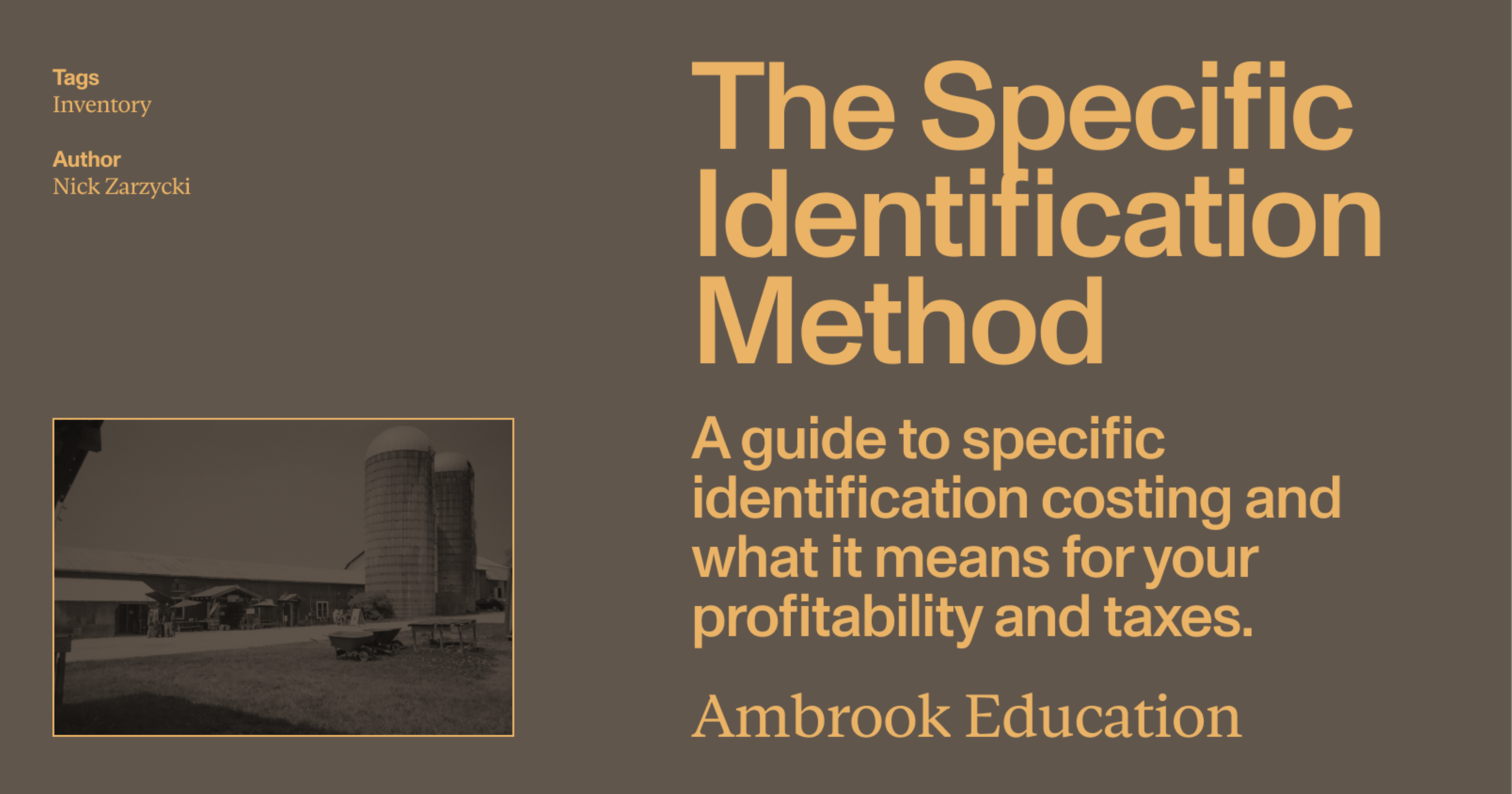Keeping petty cash topped up ensures you can cover spur-of-the-moment expenses while tracking day-to-day spending.
No matter how diligent you are when it comes to recording transactions on the books, some purchases are just too small to record in your accounting system every time you make them.
Enter petty cash. Your petty cash account covers small day-to-day purchases without the hassle of entering every purchase on the register (or sending every receipt to your bookkeeper).
Keep your petty cash topped up, and you’ll always be able to cover spur-of-the-moment expenses. Track it on the books, and you still get a clear picture of your spending overall.
Here’s how to set up a petty cash account for your farm or ranch, and the right way to use it.
What is a petty cash account?
Petty cash is money you keep on hand to pay for small business expenses. The petty cash account is how this cash is identified in your chart of accounts and, in turn, your general ledger.
The way petty cash works is pretty simple: suppose you’re running errands and you buy a can of WD-40 for use on the farm. It costs $2.99. Rather than entering that $2.99 expense in the general ledger as “Farm Supplies”, you pay for it with petty cash.
During an average month, there’s a good chance you make a lot of small business purchases like:
Antibiotics, disinfectants, colostrum replacers and other unexpected animal care expenses
Wire, staples, lubricants and small repair parts
Small tools and hardware
Cleaning supplies and tools
Postage and other small office expenses
Instead of entering every little purchase on the books, you pay for it with petty cash. That saves you—or your bookkeeper—the trouble of immediately categorizing lots of minor expenses while keeping your general ledger tidy.
Where does the money in petty cash come from?
You get petty cash by taking money out of your “Operating Cash,” the same account you use to cover larger expenses.
The traditional way to do this is by writing a check for the amount you need and cashing it. But you can also withdraw the money from the bank or from an ATM. The most important thing is that the expense is recorded in the general ledger as petty cash.
On the books, it looks like this:
| Account | Debit | Credit |
|---|---|---|
| Operating Cash | $100 | |
| Petty Cash | $100 |
You take $100 from your main cash account (credit “Operating Cash” $100) and put it in your petty cash account (credit “Petty Cash” $100).
That $100 petty cash is withdrawn as literal cash and coins which you keep on hand to cover small expenses.
How to set up a petty cash account for your farm or ranch
Setting up a petty cash account is as simple as making sure “Petty Cash” is listed in your chart of accounts, and ensuring that whoever is doing your books correctly categorizes transactions under this account.
As far as managing the cash itself, what’s most important is that you keep your petty cash separate from your personal cash (or any cash set aside for other business uses). Getting your petty cash mixed in with your own money makes it more difficult to track how much you’ve spent.
For the sake of portability, many business owners keep petty cash in a separate wallet they carry with them, and which may include extra sections for receipts and your petty cash record book (more on that in a moment). But you may find it simpler to keep your petty cash at home in a small lockbox and take out money when you need it.
How to use a petty cash record book
Even if the expenses you pay for with petty cash are small, and even if they’re not being entered directly into the general ledger, you need to keep a record of them.
This helps you easily see how much petty cash you have left on hand. It also helps you track how quickly you spend your petty cash, and on which expenses, so that in the future you can increase or decrease the amount of petty cash you typically carry.
Your petty cash record book may not be a literal book. A printed sheet does the trick; there are plenty of free petty cash sheets available online. Just make sure that you keep each sheet once you’re done with it, and keep all the sheets organized by date.
That way, when petty cash questions come up—like, “How many cans of WD-40 do I buy in a month?”—you can check your records.
Petty cash record book example
The petty cash record book looks a lot like your check register. The biggest difference is that you use it to record cash you’ve spent, not checks you’ve written.
Here’s an example of a petty cash record book in use:
Petty Cash Record Book
| Date from: July 1 | To: July 31 | Previous balance: $5.13 |
|---|
| Date | Description | Cash in | Cash out | Balance |
|---|---|---|---|---|
| July 1 | Petty cash top up | $94.87 | $100 | |
| July 3 | WD-40 | $2.99 | $97.01 | |
| July 8 | Coffee with accountant | $5.57 | $91.44 | |
| July 10 | Zip ties | $3.89 | $87.55 | |
| July 17 | Wasp nest spray | $6.77 | $80.78 | |
| July 22 | Curry comb | $4.15 | $76.63 | |
| July 27 | WD-40 | $2.99 | $73.64 |
The dates cover the month of July.
The “previous balance” is petty cash carried forward from the previous month.
This farmer keeps $100 in petty cash and tops up the account on the first of every calendar month. On July 1, there’s cash in (money deposited) recorded to bring the total balance (including last month’s remaining balance) to $100.
Then each payment from petty cash is recorded along with its date, description, and amount as cash out (money spent).
How to use a petty cash account
There are three tasks you need to stay on top of when it comes to your petty cash account:
Topping up petty cash
Recording purchases with petty cash
Reconciling petty cash
1. Topping up petty cash
You may choose to top up your petty cash whenever it gets low, or set a schedule to top it up once per month.
Topping it up as you go requires less planning, but it may make it harder to get a sense of how much you’re spending on petty cash until you sit down and look at the books.
Topping up petty cash every month makes it easier to budget, and you’ll get a better sense of how much you’re spending overall. However, you may have months where you run out of petty cash and need to withdraw extra money. Keep a record of these cases: It may be a sign you need to budget more per month for petty cash.
2. Recording purchases with petty cash
The typical order of events when you spend petty cash looks like this:
You make a purchase with petty cash
You record the purchase in your petty cash record book
You save the receipt for the purchase
It doesn’t get much more complicated than this. But if you’re new to using petty cash, it’s a good idea to go through this checklist every time. Steps 2 and 3 are vitally important to making sure your record book is accurate and up to date.
3. Reconciling petty cash
Keep a receipt for each purchase made with petty cash.
Since you’re using cash, none of those purchases will show up in your bank statement. The only record you have is the information you write down and the receipts you save.
At the end of each month, sit down and reconcile your receipts with the entries in your petty cash book. Match the receipt to each purchase, and mark it with a check mark. In some cases, one receipt—for multiple items purchased—may translate into multiple entries in petty cash.
If you have a receipt for a purchase but it doesn’t show up in your record book, you may have forgotten to enter it. If a purchase shows up in your record book but you don’t have a receipt, you may have forgotten to keep a receipt. These are the most common errors.
But there’s also the chance that, in a rush, you used personal funds to pay for petty cash expenses, or else used petty cash to cover personal expenses. Or else you may have entered an incorrect amount for a purchase.
There’s no 100% sure way to guard against these errors, but keeping receipts—and reconciling petty cash once a month—helps you to catch them.
How much money should you keep in petty cash?
Businesses may keep anywhere from $50 to $500 in their petty cash accounts. Anything less is unlikely to cover your expenses, and anything more is excessive.
You should aim to keep enough money in petty cash to cover your expenses, with the minimum amount possible left over at the end of every month. It can be tricky finding the magic number. Consider starting out with a round sum—$100, for instance—and see how it goes.
The good thing about petty cash is that, while it’s not ideal, if you run out of money, you can always withdraw more (so long as you record it properly in your general ledger and your petty cash record book).
But aim to settle on an amount that allows you to top up your account once per month rather than once per week. It will save you extra paperwork.
Finally, avoid the temptation to take out $500 in petty cash when you need something closer to $100. It may be comforting to know you’ll never run out of cash, but any extra cash you carry around is cash that could be lost or stolen. It’s also money that could be more productively used on larger expenses.
What are appropriate uses for petty cash?
Here’s the criteria for an appropriate use of petty cash:
The expense is business related;
the expense is relatively small;
it’s a miscellaneous expense, and doesn’t fit any of your existing accounts, OR
it fits one of your existing accounts, but it’s small and irregular enough that it’s not worth entering in the general ledger.
Some examples:
Coffee or a snack with staff, contractors, vendors, sales reps, or anyone connected to your farm’s operations
Gifts for staff, contractors, vendors, etc.
Purchases of office supplies (small ones, e.g., a ream of printer paper, not a box)
Purchases of farm supplies (small ones, e.g., a can of WD-40, not a case)
Emergency repairs (small ones, e.g., patching a tire on a work truck, not buying a new tire)
Rule of thumb: If a purchase exceeds the amount you typically keep in petty cash, it should be paid for from your checking account and categorized as a business expense on the books.
What are inappropriate uses for petty cash?
Inappropriate uses for petty cash include:
Any and all personal purchases
Recurring expenses (e.g., your business phone bill)
Gifts or meals for people not connected to your farm’s operations
Any purchases in excess of the total amount you typically keep in petty cash
Paying salaries or wages to employees or independent contractors
Ambrook helps petty cash add up
Ambrook’s payment cards do away with the need to maintain a manual petty cash record book altogether, giving you and your team an easy way to scan receipts, categorize transactions, generate expense reports, set spending limits and access real-time analytics. Interested in learning more? Start your 7 day free trial of Ambrook today.
Want to learn more about Ambrook?

